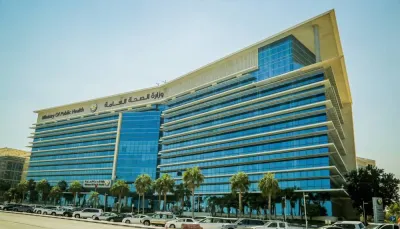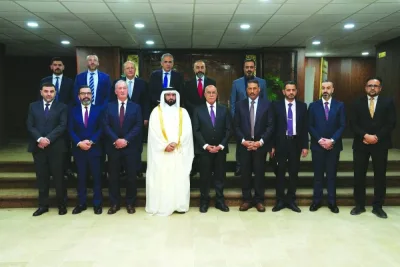“The new plan will focus on improving preventive healthcare services by ensuring adequate availability of medical practitioners in rural areas”
Reuters/New Delhi
India’s universal health plan that aims to offer guaranteed benefits to a sixth of the world’s population will cost an estimated Rs1.6tn ($26bn) over the next four years, a senior health ministry official said.
Under the National Health Assurance Mission, Prime Minister Narendra Modi’s government would provide all citizens with free drugs and diagnostic treatment, as well as insurance cover to treat serious ailments.
The proposed plan would be rolled out in phases from April 2015 and will cover the entire population by March 2019, C K Mishra, an additional secretary at the health ministry, said. When the entire population is covered, it would cost an estimated $11.4bn annually.
“If you want to deliver the service, that is what it will take,” Mishra said, disclosing for the first time an expert group’s cost estimates that will be considered by the finance ministry for inclusion in the government’s spending plans.
Healthcare experts caution that it could take decades before India’s 1.2bn people are adequately covered and that the costs of provision could face significant upward pressure.
If approved, India would need to drastically raise its healthcare spending. In the current financial year, the federal budget allocated about $5bn to healthcare.
“We are not in a position to implement it across the regions, states (right now). It’s impossible. So we are choosing number of districts each year,” said Mishra.
Despite rapid economic growth in the last 20 years, the Indian government spends only about 1% of gross domestic product on healthcare. That compares to 3% in China and 8.3% in the US.
More newborns die in India than in poorer neighbours such as Bangladesh, and preventable illnesses such as diarrhoea kill more than a million children every year.
Government hospitals are overcrowded and lack resources to meet the growing demand, while access to basic health services in rural areas and smaller towns remains poor.
“I can say that you are covered, but your closest facilities are 100km away. You are limited by that fact,” said Rana Mehta, leader of healthcare at consultants PwC India.
“To build infrastructure and then provide care over a period of time would obviously take decades.”
A 2012 study by Indian business lobby Ficci and consultants EY estimated that universal health cover in India was feasible in a decade and would require government health spending to rise to 3.7-4.5% of GDP.
The new plan will focus on improving preventive healthcare services by ensuring adequate availability of medical practitioners in rural areas, while new infrastructure will be created under existing welfare programmes, Mishra said.
Tertiary care services would be provided through an insurance-based model and the government will offer more than 50 drugs free to all its citizens.
Along with the drugs, about 12-15 diagnostic treatments will be offered in the package.
Mishra said states will be encouraged to enter into outsourcing agreements for the provision of treatment.
In recent years, thousands of small private hospitals and test centres have flourished, betting on high demand created by lack of adequate public facilities. Such providers opened 80% of India’s new hospital beds during 2002-2012, according to a PwC-NatHealth report.
While private players will be involved in the ambitious programme, the government will need to ensure speedy payments for the partnership to work, said Harish Pillai, chief operating officer at private healthcare group Indus Health.



